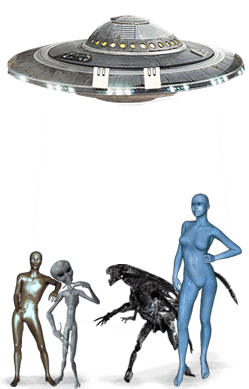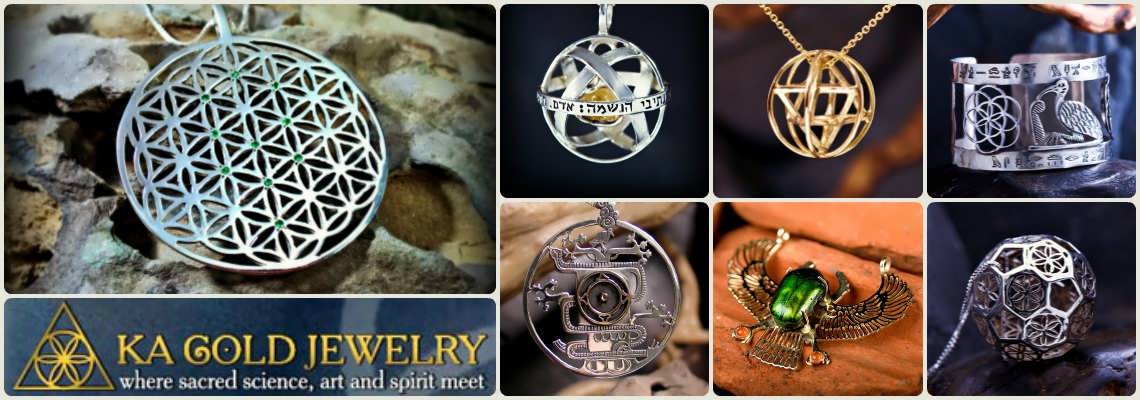Forum Replies Created
-
AuthorPosts
-
SilverSurfer
MemberI’ve seen this video before. 😉 It is interesting to watch, and they make some interesting points. I have to say, though, that I can’t agree with all of it.
It’s also good to see someone reiterating the point, that space isn’t a total vacuum. There are all kinds of energetic and charged particles zipping through every cubic meter of space. Of course, they get much more rare the further you get from a source (any star in the universe), but there are billions of sources in our galaxy alone. I’ve wondered if there could be some way to “hook into” these charged particles, and use them as an energy source….. ❓
SilverSurfer
MemberWas this close to the horizon? If so, the atmosphere can act like a lens, making bright objects appear larger than they are. Also, re the no moon: the software I use isn’t very easy to change locations, so I just used the default location (mine). It’s probable that things look different there, and the moon wasn’t up.
If the pair of objects were higher in the sky, and a bit to the south of true East, the reddish object was more likely to be Jupiter than Mars. Both will appear reddish. Jupiter is above a very large, bright star right now, Fomalhaut. It is also very close to Delta Capricorni (although this one wouldn’t appear very large), and below a very bright Beta Aquarii.
SilverSurfer
MemberMars, Venus, and Jupiter are all in the eastern sky at 4:30 am. On Friday, Mars is higher than Venus, which are both near the very small crescent moon. Jupiter is higher, and a bit more south.
SilverSurfer
Member@Zingdad wrote:
… a BIG THANK YOU to you for your hard work and vigilance with this. I was going through the moderation log and I have seen how much work you have done in this regard.
I’m just doing what I told Annu I wanted to do around the site, Zingdad.
But, thanks for noticing. 😉
It’s a real shame that these peckerwoods are so intent on ruining a site like this, that’s dedicated to helping others. It’s starting to make me lose faith in humankind. Not that I ever had too much to begin with…..
SilverSurfer
MemberHi, everyone. I’m just glad to be able to help out. 😉 😀
SilverSurfer
MemberWell, I guess I get to put my footprint in this thread. 😀 With all the spam happening recently, and with as much as I HATE spammers, I approached Annu & got her OK to help mod around here. 😉
You guys have been doing a great job with the site, don’t get the wrong impression from my first statements. But, every board needs many eyes to keep the riff-raff (or what we refer to as peckerwoods on BoT) out.
I’ll be around as much as I can, but sometimes all I have time to do is a fly-through to check on things. If anyone needs anything, don’t be afraid to PM me about it.
SilverSurfer
SilverSurfer
MemberSame here, Big. I didn’t get a chance to see this either. 😥
SilverSurfer
MemberIt’s not only how close we are, but what phase Venus is in. Like Luna, we see different amounts of the sunlit area of Venus. Right now, we are seeing over 50% lit(I’d have to look up how much it actually is). Venus’ atmosphere is very reflective, so this makes it very bright.
Oh, and another thought, at closest approach to Venus, we are looking at the unlit side, so it would be very dim at that point.
SilverSurfer
MemberVery good answers, everyone, and all before I even saw the thread….. 😆
SilverSurfer
MemberWell, all I can say is that if Luna did leave orbit for several days, we’d know immediately. For one thing, the tides would be almost non-existant (it’s the effect of Luna’s gravity on the oceans that cause the tides). Of course, you wouldn’t be able to see it either. During the New Moon phase, there is only about 3 days where you can’t see Luna, because it’s lost in the glare of Sol. I personally haven’t noticed anything different about Luna, but there again it’s been mostly overcast here, so I haven’t been able to see it much.
This article deals with the natural fluctuations in Luna’s orbit. The orbit isn’t a perfect circle; it’s more elliptical in shape. There are times when Luna is slightly closer to Earth, and times when it’s slightly farther. The orbit also isn’t confined to Earth’s equator. It varies up & down a few degrees, which is why some Full Moon phases appear higher in the sky than others. This article is just pointing out that the Full Moon phase is coinciding with the perigee, or closest approach, of Luna’s orbit. It will appear slightly bigger & brighter than it has at any other Full Moon of 2008.
SilverSurfer
MemberIf anyone got some pictures of this, please post them. It’s been overcast for several days here. It was clear this morning, until around 2pm, then it clouded up again. I didn’t get to see any of this yet. 🙄
SilverSurfer
MemberYou Scored as Crystal
Your predominant color is crystal.This is a very rare color not normally seen.Your aura is clear,and often takes on the color of those you are connecting with at the time.You then take on the characteristics of that color.You can relate and get along with almost anyone because of this.Your ever-changing manner can confuse some people,but on the whole,you’re well liked by everyone.
Crystal 65%
Red 58%
Green 46%
Yellow 40%
Violet 40%
Lavender 35%
Orange 31%
Magenta 31%
Indigo 31%
Blue 27%
Abstract Tan 21%SilverSurfer
MemberDepending on what they decide to use as the liquid (some possible liquids won’t reflect as much ultraviolet as visible, and others won’t reflect as much microwave or infrared as visible), the only limiting element would be the detectors they decide to install. Since this won’t be under an atmosphere, it will be able to gather as much or more light than Hubble can (and in all wavelengths as well. Our atmosphere blocks a lot of the infrared and ultraviolet, plus wavelengths farther from the visible). The only drawback to a liquid scope is that you can’t really aim it that well. This will make long-duration observations problematic, if not impossible. Hubble, because it was space-based and a solid mirror, was able to be aimed at one point for very long times, therefore giving us views like the deep-sky survey (the one where they pointed Hubble at an apparently empty section of space, took a very long exposure, and saw several thousand dim galaxies).
-
AuthorPosts





 But, thanks for noticing. 😉
But, thanks for noticing. 😉